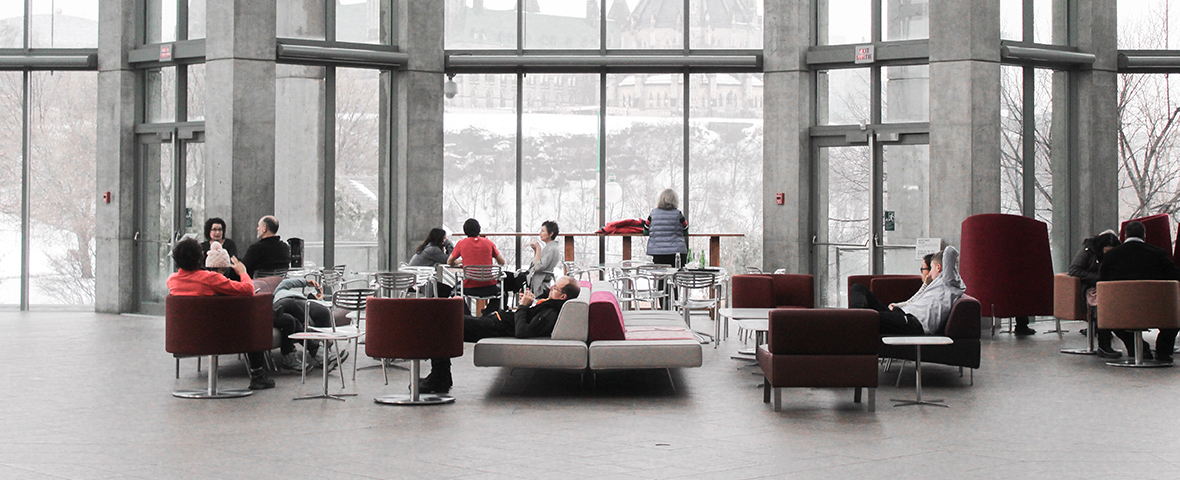Recent reports of noise being the number one bugbear of office workers are rife, but what can be done to resolve a difficult situation in an open plan office and maintain productivity? Sensors and smart offices promise to solve the problem by offering easy access to personalised spaces, but with budget or residing in rented space being an issue, there are other ways to improve efficiency in any type of workspace.
10 years ago, a typical office in the UK would have an average area per full-time equivalent of at least 50% bigger than today. Soaring rents now mean that space is at a premium. Even in cities like Sydney where operating costs can be up to three time cheaper than London, the government is taking steps to increase occupational density in order to deliver efficiency savings. This is in no small part helped by the improvement of communication infrastructure, such as faster broadband and Wi-Fi speeds, the falling price of smartphones and laptops, and the evolution of business to adapt to flexible working practices.
Despite the cost, the value of space is increasingly recognised for its role in attracting, motivating and retaining employees, as well as facilitating communication to increase productivity and innovation. Gone are the days of cubicles and static 9-5 working environments, the expectation now is for flexible working and an engaging workspace. Space management software has evolved alongside businesses, providing the means to keep track of space utilisation and identify how much (and there usually is a surprising amount) is unused or could be re-purposed. Such reporting could support an organisational wellbeing strategy by allowing analysis of proposed office configurations to facilitate productivity – for example placing teams together which work closely, like sales and marketing, while allowing the finance team to reside further away in a quieter area. Any free space identified could be used for additional meeting rooms, rented out to cover costs or even made into a coveted ‘chill out’ space.
Software can also help resolve friction caused by double bookings and finding appropriate (and available) meeting spaces, in both small office spaces as well as multi-site organisations. However, rather than managing bookings on an Excel spreadsheet or through a point of contact on a help desk or reception, space and CAFM software allow building users to see availability of suitable spaces and book them directly. Using Service Works’ software, QFM, available space can be found using a facility’s graphical floorplan by searches and filters on the system with optional integration into Microsoft Outlook calendar, for ease of use. The ability to use cost codes allows different departments to be cross-charged for use of space or catering to ensure effective cost control. Furthermore, if and when an organisation is ready to implement sensors, they can be integrated seamlessly into the existing space or facilities management software, without the need to buy a new standalone system.
For more information, request Service Works’ complimentary space management white paper, Strategic Space and Move Management, or visit us at Facilities Show on stand P750. This event is the biggest in the UK FM calendar, and a hot opportunity to network, learn about the industry’s advancements and see pioneering new products.
To receive Service Works’ weekly blog straight to your inbox, sign up to our email service: https://www.swg.com/blog-signup/
 Australia
Australia



